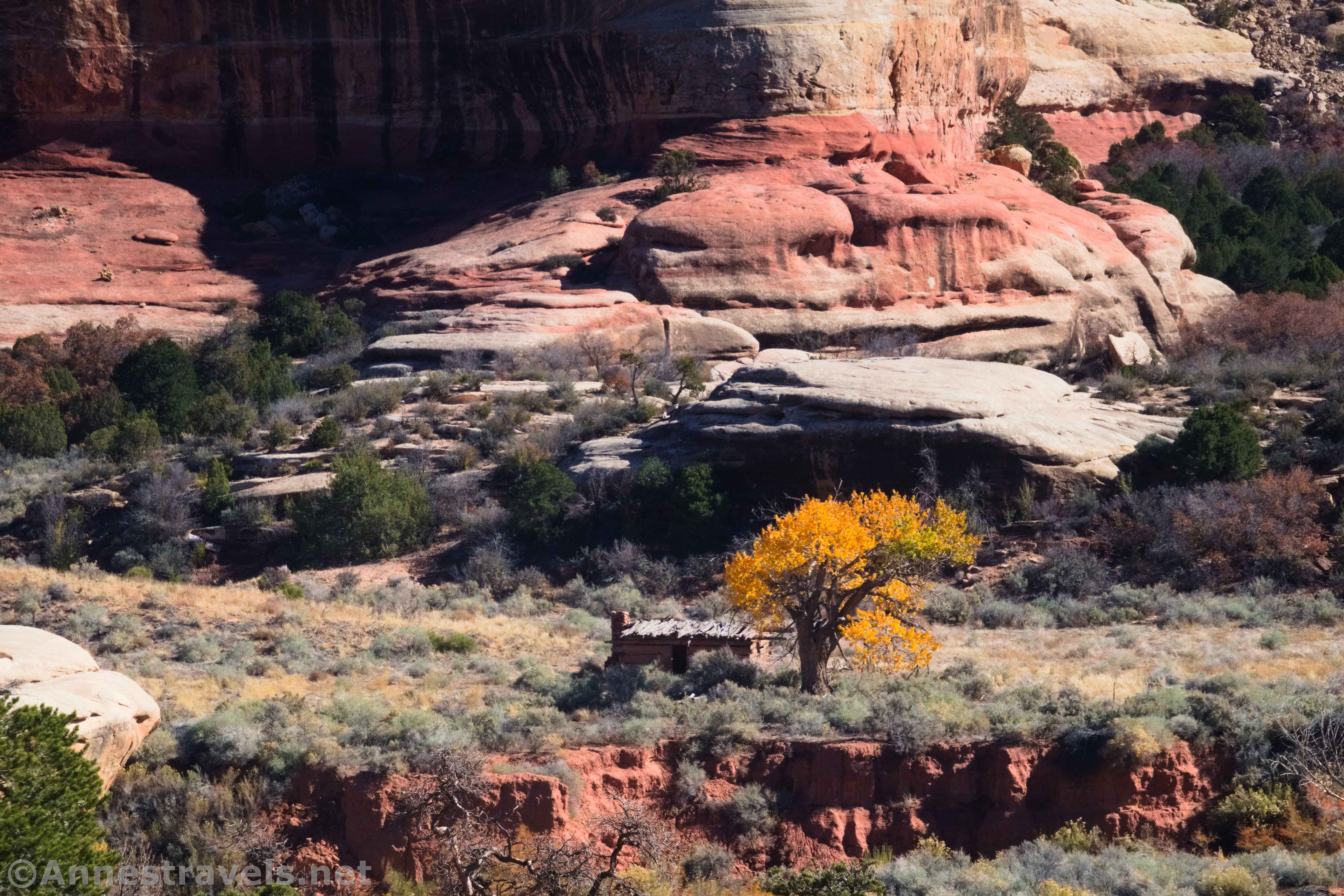
I loathe unrealistic photographs. So this is a topic near and dear to my heart.
When you tell a story, it doesn’t need to be a true story. However, it does need to be a relatable story, at least to the extent that people can see and understand the story you’re trying to tell and be moved by it. A photo of a desert marsh may not move someone, but if you can tell the story in such a way that a desert fox has come to the marsh to find water, that’s a relatable story. Stories that involve family, the forces of nature, religion, celebrations, and/or famous history will almost always be relatable to viewers of your picture(s).

You may need to get off of the beaten path to find the authentic and the relatable. Too many scenes have been “touristized” to the point where culture, nature, and authenticity have been compromised. Taking a picture of Mt. Rushmore down the sidewalk of flags is a great photo, but it’s nowhere near as authentic as what the sculptures saw as they were working on the monument.
The authentic can be in the mundane or in the extraordinary. It could be in a lightbulb found washed up on the beach in India or in a once-in-a-lifetime flooded plain. The point is to get beyond what everyone has been trained to see and to convey in photography what is really there: The story that goes along with the scenery.
If you can, wander around the area where you’ll be taking pictures. What does it feel like, look like, sound like, smell like? Is there a way to capture this?

Some time ago, I was hiking in the Flat Tops Wilderness of Colorado when a Basque sheepherder came over the hill with his flocks. I caught a picture of him, signaling to his dog, with a dark, stormy sky in the distance. It’s a moving photo because it’s authentic. I did not set it up or even move to a different position to photograph him (though I could have done a better job of composing the picture). It was very real and shows the reality of his life out under the sky, a victim of the elements, one with his best friend.